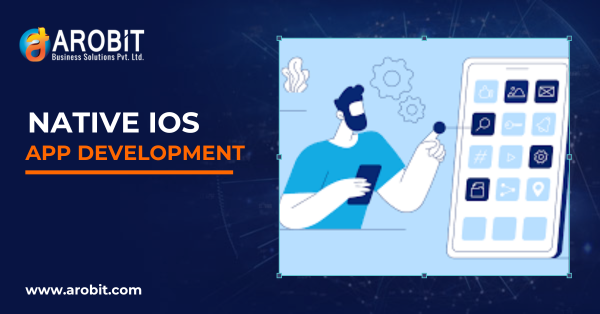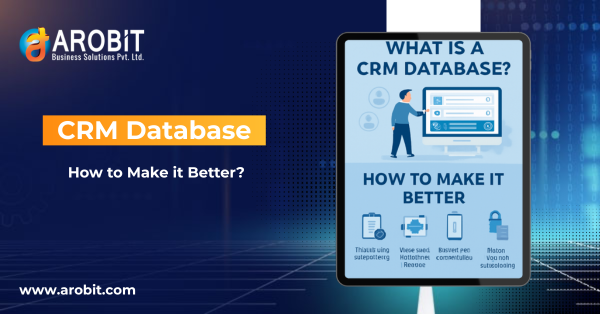In today's world, where digital is at the forefront, cloud computing applications have become a linchpin of business operations, and, if they are not already, these technologies will soon be. Whether through a solution that enables remote work developed by a software development company, or the latest innovation the organization is developing today, cloud technologies are critically important to helping businesses remain nimble, agile, and competitive. The growth trajectory of the global cloud computing market - $371.4 billion in 2020 to $832.1 billion by 2025—indicates their importance now and will continue to indicate that in the future.
This blog post will examine the use of cloud computing in business, provide several examples of cloud computing, and make the case for its importance in a modern enterprise.
What is Cloud Computing?
Essentially, cloud computing is the provision of computing services, including storage, servers, software, and analytics over the internet. Rather than relying on a physical infrastructure, organizations can utilize on-demand cloud applications from a service provider.
Key Advantages:
- Flexibility: Use resources wherever and whenever.
- Scalability: Scale up or down depending on demand.
- Cost efficiency: Only pay for what you use with less upfront expenditure.
- Reduced Infrastructure Needs: You will no longer be required to have physical servers and/or hardware.
Top 10 Common Uses of Cloud Computing
1. File Storage
One of the most common applications of cloud computing is file storage. Organizations utilize services like Google Drive, Dropbox, OneDrive, and iCloud to securely store files and readily access them from any device.
2. Big Data Analytics
Cloud platforms enable organizations to gather, process, and analyze large amounts of data to gain insights. Some examples of platforms to facilitate these processes are AWS, Google Cloud Platform, Microsoft Azure, and IBM Cloud. These platforms serve as useful tools when decision-making is driven by data and evidence.
3. Data Backups and Archiving
There is an organizational need to protect its data. Cloud services such as AWS Backup, Azure Backup, Google Cloud Storage, and Backblaze provide automated solutions for backing up and archiving data to protect information from disasters or compliance.
4. Software Testing and Development
For a software business, cloud platforms provide on-demand environments to test and develop applications. Services like AWS CodeStar, Azure DevOps, Google App Engine, and Heroku allow developers to be productive without having to spend money on physical infrastructure.
5. Infrastructure as a Service (IaaS) and Platform as a Service (PaaS)
Cloud computing brings two critical service models:
- IaaS: Virtualized IT resources like servers (e.g., AWS EC2, Azure Virtual Machines).
- PaaS: Tools for application development (e.g., AWS Elastic Beanstalk, Salesforce Platform). Both service models allow organizations to focus on innovation while spending less time managing resources.
6. Communication
Cloud communication tools such as Google Workspace, Microsoft Teams, Zoom, Slack, and Twilio improve collaboration by providing secure messaging tools and video conferencing.
7. Social media networking
Social media platforms such as Facebook, LinkedIn, Instagram, and Twitter offer users worldwide communication and provide a platform to share stories, photos, and minutes. Cloud computing platforms securely host user data, enabling quick, low-latency access to user-generated content, ultimately increasing user engagement.
8. Business Process Outsourcing
Organizations utilize cloud services to outsource standardized business processes like payroll and customer service through software as a service (SaaS) solutions. These cloud services accomplish outsourced standardized processes efficiently with limited operational complexity while providing seamless scalability.
9. Content Delivery
Using content delivery networks (CDNs) provides companies with a distributed method of hosting and managing digital content across the globe using low latency to deliver those content applications. These CDNs support user-generated content, website hosting, and digital media content publishing. Applications such as Cloudflare and Akamai exemplify content distribution and content delivery across the globe.
10. Disaster Recovery
Disaster recovery as a service (DRaaS) solutions can help businesses recover mission-critical data and applications in the face of unforeseen events such as natural disasters or cyberattacks. For instance, VMware DRaaS or IBM's recovery solutions can restore productivity from such catastrophes.
CRM in Cloud Computing
Customer Relationship Management (CRM) systems are one of the most powerful cloud applications for the business world. CRM tools such as Salesforce CRM can utilize cloud technology to centralize customer data, automate workflows, and enhance engagement with customers—all available anytime and anywhere.
ERP in Cloud Computing
Enterprise Resource Planning (ERP) systems for cloud computing support organizations to manage essential business processes such as finance and supply chain management or human resources. Examples of ERP systems include SAP Cloud ERP or Oracle ERP Cloud. These all enhance your company’s operational efficiency while allowing for decision-making in real-time.
FAQs
Q1: What are the four types of cloud computing?
A1. The four types of cloud computing are:
- Public Cloud: Shared resources accessed over the internet.
- Private Cloud: Dedicated resources to a single organization.
- Hybrid Cloud: Combines public and private clouds.
- Community Cloud: Infrastructure shared among a community of organizations with shared concerns.
Q2: What are the three primary services of cloud services?
A2. The three primary services of cloud services are:
- Software-as-a-Service (SaaS): Applications in the cloud (ex: Salesforce CRM).
- Infrastructure-as-a-Service (IaaS): Virtualized IT infrastructure (ex: AWS EC2).
- Platform-as-a-Service (PaaS): Tools for application development (ex: Azure App Service).
Q3: What are the four pillars of cloud computing?
A3. The four pillars of cloud computing are scalability, flexibility, cost efficiency, and security.
Conclusion
In conclusion, cloud computing has disrupted the way many businesses operate and enabled organizations with a broad range of applications across industries, from storing files to disaster recovery. The significance of cloud computing is embedded in the capability to increase efficiency, spur innovation, and maintain a competitive stature in a constantly changing market. Whether adopting cloud-based CRM applications or cloud-based ERP tools, organizations need to start using these approaches to realize their full value while remaining current for the future.








